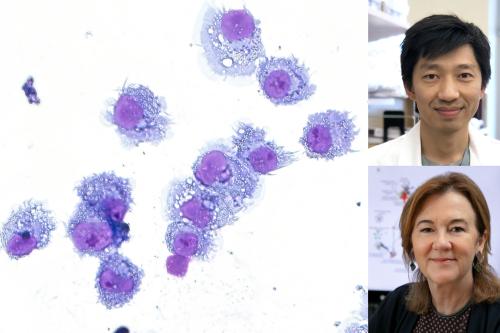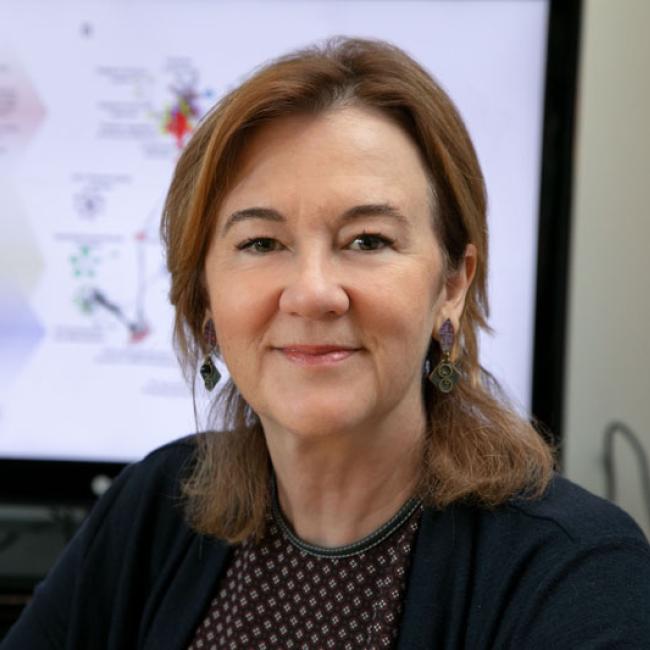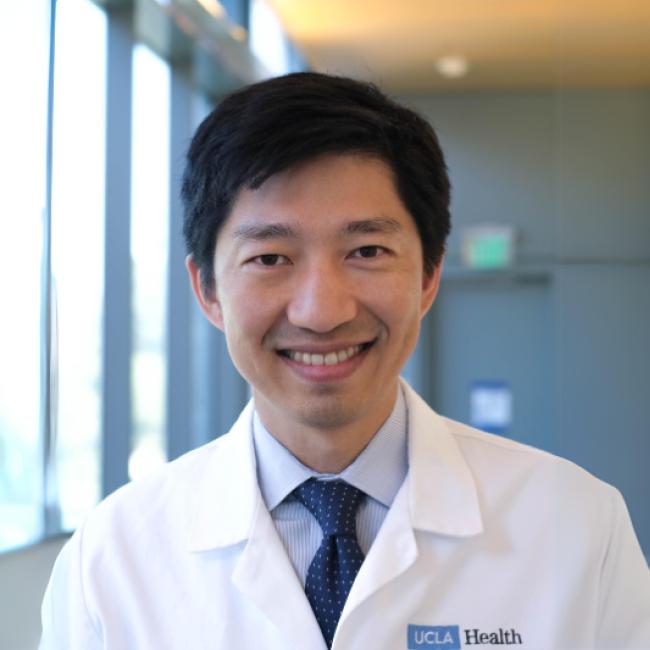
Researchers use stem cells to model the immune response to COVID-19
Cities across the United States are opening back up, but we’re still a long way from making the COVID-19 pandemic history. To truly accomplish that, we need to have a vaccine that can stop the spread of infection.
But to develop an effective vaccine, we need to understand how the immune system responds to SARS-CoV-2, the virus that causes COVID-19.
Vaccines work by imitating infection. They expose a person’s immune system to a weakened version or component of the virus they are intended to protect against. This essentially prepares the immune system to fight the virus ahead of time, so that if a person is exposed to the real virus, their immune system can quickly recognize the enemy and fight the infection. Vaccines need to contain the right parts of the virus to provoke a strong immune response and create long-term protection.
Most of the vaccines in development for SARS CoV-2 are using part of the virus to provoke the immune system to produce proteins called antibodies that neutralize the virus. Another way a vaccine could create protection against the virus is by activating the T cells of the immune system.
T cells specifically “recognize” virus-infected cells, and these kinds of responses may be especially important for providing long-term protection against the virus. One challenge for researchers is that they have only had a few months to study how the immune system protects against SARS CoV-2, and in particular, which parts of the virus provoke the best T-cell responses.
This is where immunotherapy researchers and UCLA Eli and Edythe Broad Center of Regenerative Medicine and Stem Cell Research members Dr. Gay Crooks and Dr. Christopher Seet come in.
For years, they have been perfecting an innovative technology that uses blood-forming stem cells — which can give rise to all types of blood and immune cells — to produce a rare and powerful subset of immune cells called type 1 dendritic cells. Type 1 dendritic cells play an essential role in the immune response by devouring foreign proteins, termed antigens, from virus-infected cells and then chopping them into fragments. Dendritic cells then use these protein fragments to trigger T cells to mount an immune response.
Using this technology, Crooks and Seet are working to pinpoint which specific parts of the SARS-CoV-2 virus provoke the strongest T-cell responses.
Building long-lasting immunity
“We know from a lot of research into other viral infections and also in cancer immunotherapy, that T-cell responses are really important for long-lasting immunity,” said Seet, an assistant professor of hematology-oncology at the David Geffen School of Medicine at UCLA. “And so this approach will allow us to better characterize the T-cell response to SARS-CoV-2 and focus vaccine and therapeutic development on those parts of the virus that induce strong T-cell immunity.”
This project was recently awarded $150,000 from the California Institute for Regenerative Medicine, the state’s stem cell agency. The award was matched by the UCLA Broad Stem Cell Research Center.
Crooks’ and Seet’s project uses blood-forming stem cells taken from healthy donors and infected with a virus containing antigens from SARS-CoV-2. They then direct these stem cells to produce large numbers of type 1 dendritic cells using a new method developed by Seet and Suwen Li, a graduate student in Crooks’ lab. Both Seet and Li are graduates of the UCLA Broad Stem Cell Research Center’s training program.
“The dendritic cells we are able to make using this process are really good at chopping up viral antigens and eliciting strong immune responses from T cells,” said Crooks, a professor of pathology and laboratory medicine and of pediatrics at the medical school and co-director of the UCLA Broad Stem Cell Research Center.
When type 1 dendritic cells chop up viral antigens into fragments, they present these fragments on their cell surfaces to T cells. Our bodies produce millions and millions of T cells each day, each with its own unique antigen receptor, however only a few will have a receptor capable of recognizing a specific antigen from a virus.
When a T cell with the right receptor recognizes a viral antigen on a dendritic cell as foreign and dangerous, it sets off a chain of events that activates multiple parts of the immune system to attack cells infected with the virus. This includes clonal expansion, the process by which each responding T cell produces a large number of identical cells, called clones, which are all capable of recognizing the antigen.
“Most of those T cells will go off and fight the infection by killing cells infected with the virus,” said Seet, who, like Crooks, is also a member of the UCLA Jonsson Comprehensive Cancer Center. “However, a small subset of those cells become memory T cells — long-lived T cells that remain in the body for years and protect from future infection by rapidly generating a robust T-cell response if the virus returns. It’s immune memory.”
Producing extremely rare immune cells
This process has historically been particularly challenging to model in the lab, because type 1 dendritic cells are extremely rare — they make up less than 0.1% of cells found in the blood. Now, with this new stem cell technology, Crooks and Seet can produce large numbers of these dendritic cells from blood stem cells donated by healthy people, introduce them to parts of the virus, then see how T cells taken from the blood can respond in the lab. This process can be repeated over and over using cells taken from a wide range of healthy people.
“The benefit is we can do this very quickly without the need for an actual vaccine trial, so we can very rapidly figure out in the lab which parts of the virus induce the best T-cell responses across many individuals,” Seet said.
The resulting data could be used to inform the development of new vaccines for COVID-19 that improve T-cell responses. And the data about which viral antigens are most important to the T cells could also be used to monitor the effectiveness of existing vaccine candidates, and an individual’s immune status to the virus.
“There are dozens of vaccine candidates in development right now, with three or four of them already in clinical trials,” Seet said. “We all hope one or more will be effective at producing immediate and long-lasting immunity. But as there is so much we don’t know about this new virus, we’re still going to need to really dig in to understand how our immune systems can best protect us from infection.”
Supporting basic research into our body’s own processes that can inform new strategies to fight disease is central to the mission of the Broad Stem Cell Research Center.
“When we started developing this project some years ago, we had no idea it would be so useful for studying a viral infection, any viral infection,” Crooks said. “And it was only because we already had these tools in place that we could spring into action so fast.”

